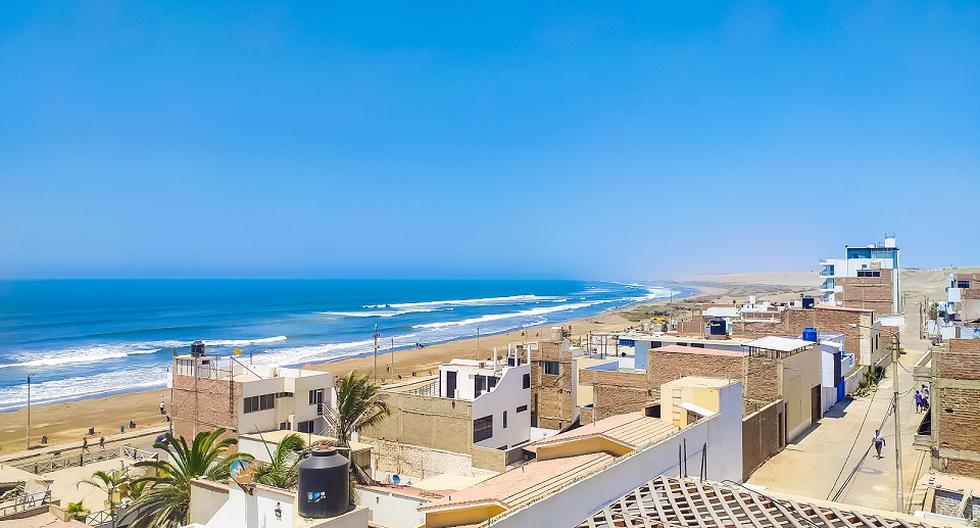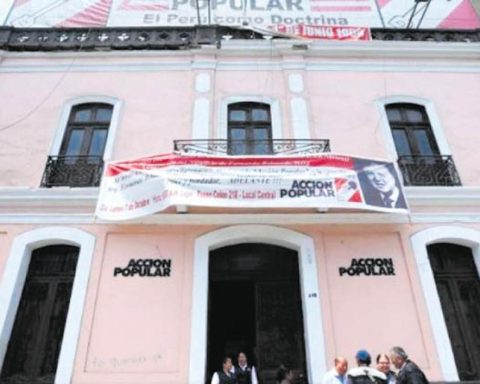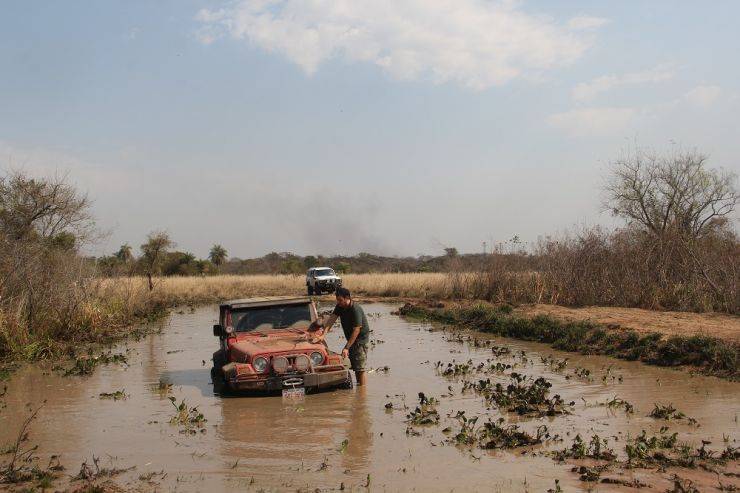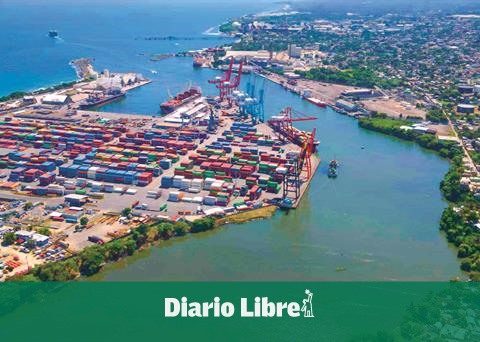According to a report prepared in 2021 by the Lima Chamber of Commerce, the average rental ticket in the areas of Punta Hermosa, San Bartolo, Asia and Cerro Azul is between $8,000 and $10,500 per season, that is, for four months.
In this sense, it is not strange that as long holidays, summer months and even spring are close, the demand for renting beach houses registers an increase. Faced with this situation, many Peruvians plan to make improvements or changes in infrastructure.
However, it is important to have some special considerations when building near the coast, because building a house while in the city is very different from doing it on land near the beach. Thus, Cementos Pacasmayo reviews the most suitable materials to be used in the construction or structural work of houses near the sea, in order to always keep them in good condition, taking into account external factors such as the breeze, the weather and the sand:
- Porcelain: This material has different advantages for floor coverings, among which its ease of installation is one of the main ones. Porcelain tiles have the advantage of having large dimensions that reduce installation times. Likewise, the hardness of the porcelain tile allows the erosion of the sand not to damage the floor, and it is resistant to humidity and high temperatures. In addition, its non-slip surface provides greater safety for days at the beach, when it is usual to walk barefoot.
- Timber: Wood is a material that fits in with the architecture of a beach house because it integrates with the natural environment. However, it must be taken into consideration that the wood must be protected with annual maintenance so that it lasts longer. The materials that must be used for its protection are varnishes, water-soluble protectors and synthetic oils.
- Concrete: The concrete material has greater resistance against chlorides and sulfates, which are elements present in coastal areas. Therefore, the use of concrete walls is recommended; In this sense, they have two alternatives: to make reinforced concrete walls or masonry walls with concrete blocks, replacing the use of clay bricks that usually present problems with exposure to chlorides.
- Anti-salt cement: This added cement, such as the Pacasmayo Fortimax Anti-Saltpeter Cement or Mochica Anti-Saltpeter Cement, has special properties that inhibit the attack of sulfates and, above all, chloride generated by seawater that attack the construction steel of your home.
- Aluminum and stainless steel: These two materials are resistant to different weather changes, especially the summer season, and can be used for roofs, railings, furniture, and locksmiths. These materials do not require maintenance unlike steel.
Finally, regarding the maintenance of the structures, considering that the beach houses can be empty for long periods of time during the year, it is necessary to allocate a percentage of the rental income for maintenance expenses.















